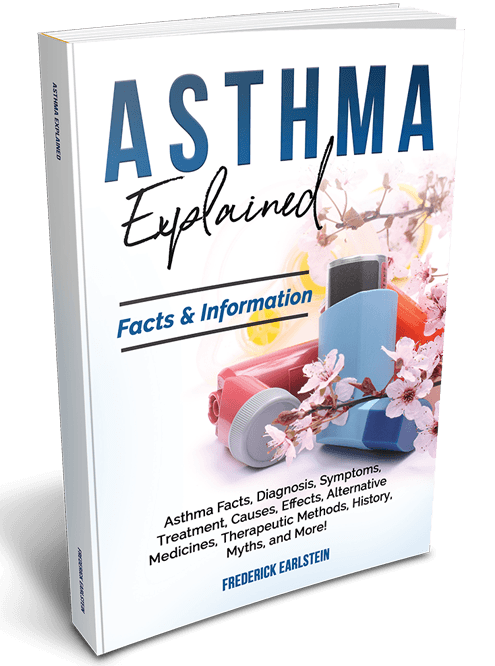TABLE OF CONTENTS
- Introduction 9
- Chapter One: An Overview of Asthma 11
- Understanding Asthma 12
- Classification of Asthma 12
- Common Tests Used to Detect Asthma 13
- Atopy and Allergy 16
- Asthma Attacks 16
- Chapter Two: What Triggers Asthma? 21
- Asthma Triggers 22
- How to Handle Heartburn to Prevent Asthmatic Trigger 37
- How to Handle Emotional Trigger 38
- Chapter Three: Warning Signs, Diagnosis, and Medical Treatments 41
- Common Symptoms for Asthma 42
- Early Warning Signs 42
- Danger Signs 44
- Diagnosis 45
- Pulmonary Function Tests (PFTs) 45
- Spirometry 47
- Lung Volumes 49
- Airway Resistance 50
- Nitric Oxide Test 50
- Bronchial Provocation and Challenge Tests 51
- Diffusing Capacity 51
- Arterial Blood Gases 52
- Why PFTs Are Important in Diagnosing Asthma? 52
- Medications 53
- Quick – Relief Medications 56
- Antibiotics 65
- Tips on How to Aid a Patient Having an Asthma Attack 65
- Chapter Four: Natural Remedies for Asthma 69
- Type of Foods You Need to Eat 70
- Foods You Need to Avoid 83
- Supplements 86
- Essential Oils 89
- Chapter Five: Asthma in Children, Adults and Pregnant Women 91
- Asthma in Pregnant Women 92
- Asthma in Babies/Small Children 96
- Asthma in Older Adults 102
- Chapter Six: Asthma and Smoking 105
- Secondhand Smoke 106
- Quick Facts 107
- Health Effects of Secondhand Smoke 107
- Secondhand Smoke in Adults 110
- Secondhand Smoke in Work Environments 111
- Myths and Facts about Secondhand Smoke 112
- How to Quit Smoking 114
- Types of Quitting Programs for Smokers 115
- Chapter Seven: FAQs about Asthma 117
- Frequently Ask Questions about Asthma 118
- Photo References 127
- References 129

